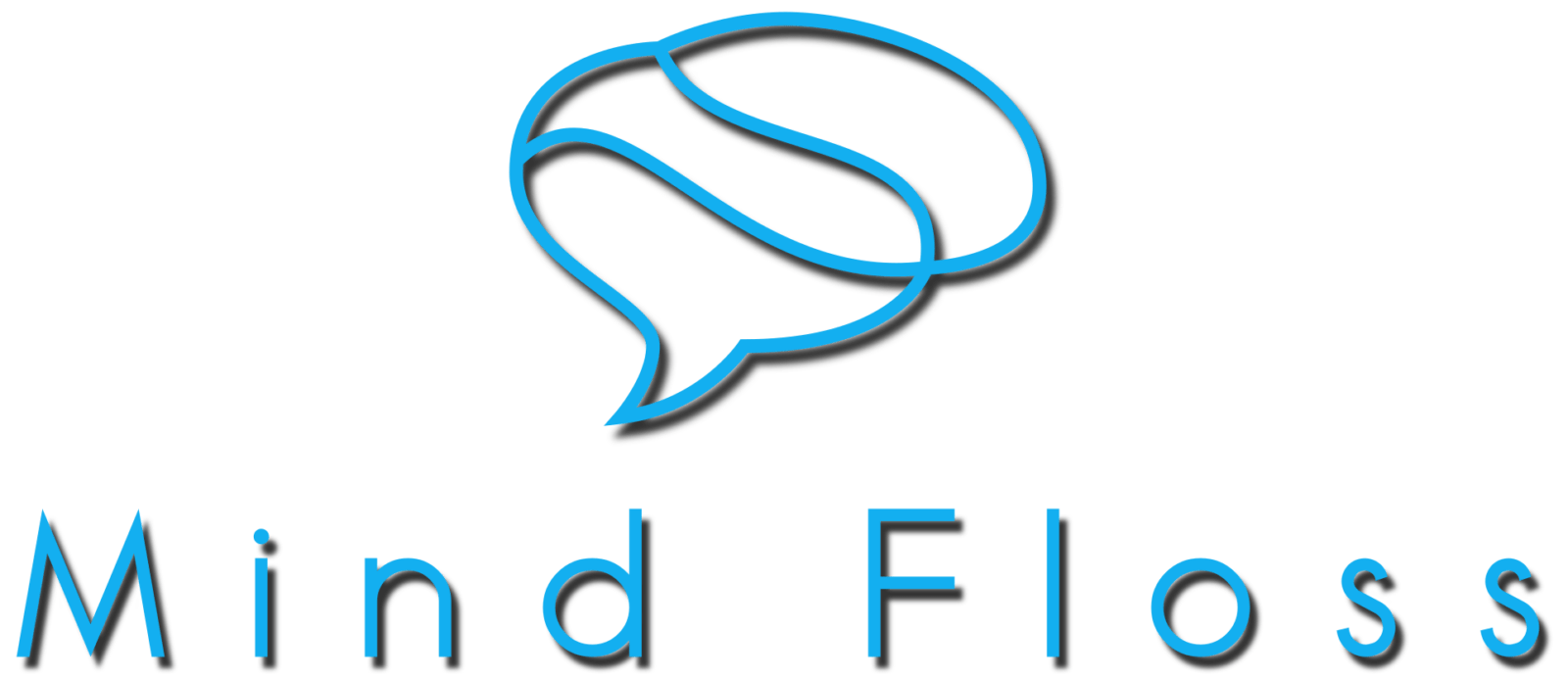Breathing, an act so fundamental to life, holds within it a key to tranquility often overlooked in our search for mental peace. The great Leonardo da Vinci once remarked, “A wave of the soul, breathing produces an enchanting grace.” This quote beautifully captures the essence of what we often take for granted: our breath’s power to transform our state of being. In the bustling rhythm of modern life, where stress and anxiety frequently accompany us, there lies a potent yet simple remedy – the physiological sigh. This natural, rhythmic pattern of breathing, deeply rooted in our biology, unfolds not just as a reflex but as a bridge to emotional balance and calmness.
The physiological sigh evolved long before humans walked the earth. It is an innate breathing pattern used as a regulatory mechanism to control stress and emotional distress. It represents one of the most direct and accessible means to counteract the sensations of overwhelming anxiety or panic. The simplicity of the act belies the complexity of the biology and neuroscience underlying it, making it a fascinating subject for exploration and application in the management of mental health.
Evolutionary Perspective
From an evolutionary standpoint, the physiological sigh is seen as a mechanism that evolved to ensure efficient lung function and, subsequently, optimal oxygenation of the body. This function has been preserved across various species, indicating its fundamental role in survival.
Understanding the Origins
The concept of the physiological sigh is not new. Historical records and ancient medical texts have often alluded to the significance of breathing techniques in regulating emotions and bodily functions. The physiological sigh, as we understand it today, however, has been a subject of scientific curiosity for the past few centuries, with early research linking deep breathing to a calming effect on the nervous system.
Biology of the Physiological Sigh
The act of sighing is more than an expression of emotion. Biologically, a sigh is a deep breath or a double inhalation followed by a longer, sometimes exaggerated, exhalation. This is not just a respiratory activity but also a crucial physiological response that maintains lung function. The lungs consist of numerous tiny sacs called alveoli, which are responsible for gas exchange – they fill with air during inhalation to allow oxygen into the blood and release carbon dioxide during exhalation. Alveoli can collapse if not regularly inflated, which the physiological sigh prevents by naturally popping open alveoli that have become partially collapsed due to shallow breathing, typical of stress responses.
Neuroscience of the Physiological Sigh
From a neurological perspective, the physiological sigh interacts with the autonomic nervous system (ANS), which controls involuntary bodily functions, including heartbeat, digestion, and respiratory rate. The ANS is divided into the sympathetic nervous system (SNS), which prepares the body for ‘fight or flight’ reactions, and the parasympathetic nervous system (PNS), which promotes ‘rest and digest’ activities. Anxiety triggers the SNS, leading to rapid, shallow breathing that helps prepare the body to respond to perceived threats. In contrast, the physiological sigh stimulates the PNS, which helps to slow down the heart rate and promote relaxation.
How the Physiological Sigh Reduces Anxiety
When an individual experiences anxiety, their body’s immediate reaction is to heighten alertness, and one of the first responses is the change in breathing pattern. Short, rapid breaths increase, which although useful in actual danger, can be counterproductive when the cause of stress is emotional or psychological. Engaging in the physiological sigh can be thought of as hijacking this stress response system. By taking control of breathing, one can manually switch the body’s response from SNS dominance to PNS dominance.
The double inhalation of the physiological sigh maximizes air intake and ensures that more alveoli are opened, thus facilitating a more effective exchange of gases. This also has a knock-on effect on heart rate variability (HRV), which is a measure of the variation in time between each heartbeat. A higher HRV is associated with better cardiovascular fitness and a more robust stress-response system. By influencing HRV, the physiological sigh not only helps with immediate anxiety reduction but also contributes to long-term emotional regulation and resilience.
The Role of the Brainstem and Limbic System
The brainstem plays a pivotal role in controlling the rate and depth of breathing. Within the brainstem, the preBötzinger complex is a cluster of neurons essential for generating the respiratory rhythm and is implicated in the sighing response. This complex interacts with the limbic system, which processes emotions and can trigger the physiological sigh when it detects changes in emotional states or carbon dioxide levels.
Chemical Balance and the Physiological Sigh
The physiological sigh also influences the body’s chemical balance. It helps regulate the levels of oxygen and carbon dioxide, which can become unbalanced during periods of stress. By promoting a more efficient expulsion of carbon dioxide, sighing helps to maintain the body’s pH levels, preventing the blood from becoming too acidic, which can lead to feelings of anxiety or panic.
The physiological sigh additionally impacts various neurotransmitters and hormones associated with stress and relaxation, such as cortisol, adrenaline, and endorphins. By facilitating a more effective breathing pattern, the physiological sigh can help in modulating these chemicals, contributing to a sense of calm.
The Impact on the Cortex
Recent studies suggest that the cortex, which is the outer layer of the brain associated with higher-order functions, can also be influenced by controlled breathing practices like the physiological sigh. By consciously changing breathing patterns, we can impact the cortical areas involved in thought and emotion, potentially providing a break in the cycle of anxiety and stress-related thought patterns.
Practical Applications
The physiological sigh is not just a subject of academic interest; it has practical applications in various settings, including stress management, psychotherapy, and meditation practices. Individuals can use this technique to manage acute stressors, such as public speaking or high-pressure work situations, as well as chronic stress and anxiety disorders.
When practicing the physiological sigh, the immediate effects are often a sense of relief and relaxation. This is due to the shift from SNS dominance to PNS dominance, a key factor in managing acute stress responses.
How To Practice the Physiological Sigh
To effectively engage in the physiological sigh, one must first adopt a serene environment conducive to relaxation. Begin by finding a comfortable seated position, ensuring your spine is aligned and your body is at ease. Close your eyes gently and focus on your natural breathing rhythm for a few moments, allowing any external distractions to fade into the background. When ready, initiate the sigh by taking a deep, deliberate inhalation through your nose, filling your lungs completely. This should be followed swiftly by a second, shorter inhalation, further expanding the lungs and opening the alveoli. After reaching this peak of inhalation, release the breath slowly and smoothly through your mouth, feeling the tension and stress leave your body with the exhalation. This technique can be repeated several times, with each cycle deepening the sense of calm and relaxation.
Long-Term Benefits
Regular practice of the physiological sigh not only provides immediate relief but also contributes to long-term emotional regulation and resilience. This is partly due to its impact on heart rate variability (HRV), a marker of a healthy stress-response system.
FAQs
How Often Should You Practice the Physiological Sigh?
For the best results, regular practice is recommended. Incorporating it into daily routines, especially during times of stress, can enhance its effectiveness.
Is the Physiological Sigh Beneficial for Sleep?
Yes, the physiological sigh can be particularly effective in promoting relaxation before sleep. It helps in calming the mind and preparing the body for rest, making it a useful tool for those with sleep difficulties.
Can Children Use This Technique?
Absolutely. Children, especially those dealing with anxiety or stress, can be taught the physiological sigh. It’s a simple and safe technique that can help them manage their emotions and stress responses.




